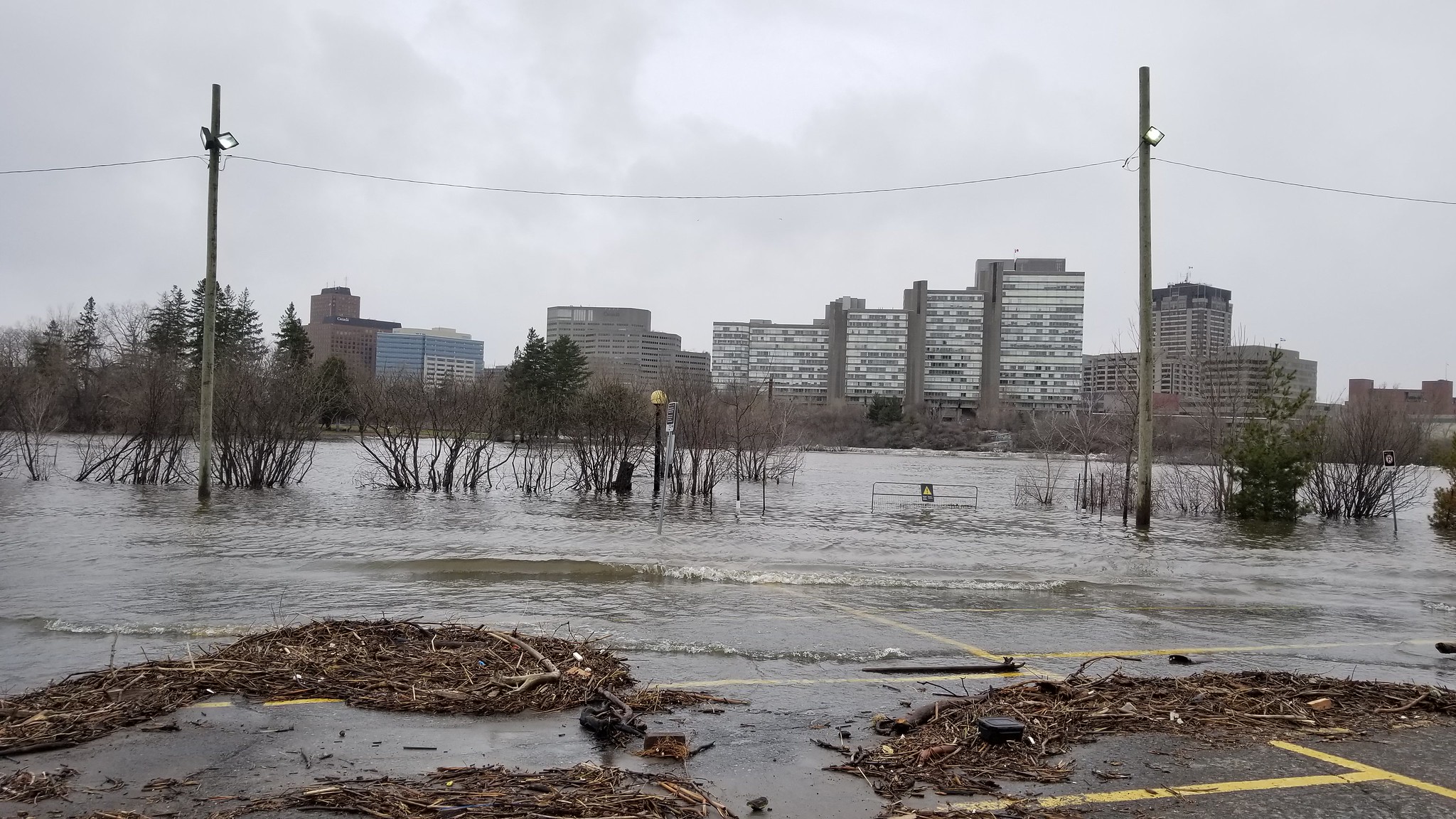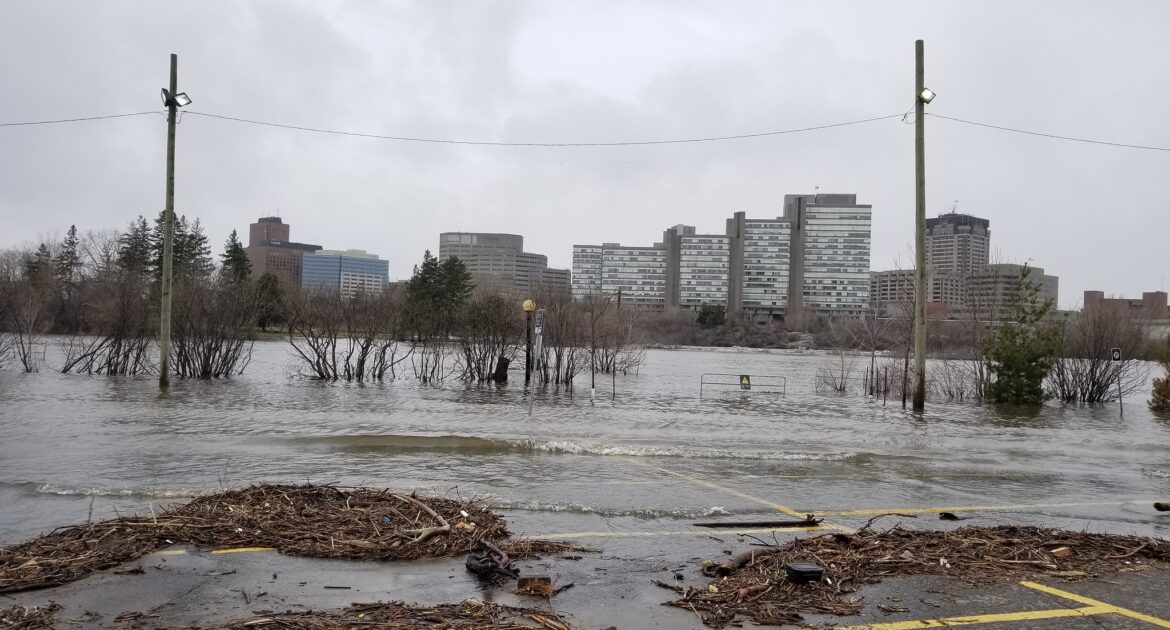Floods are part of life on earth. Flood waters have been washing over the face of the planet for years. People have, over the years, built up a resistance to this natural catastrophe to minimize the impact it has on our life and livelihood. Animals have also developed their own coping strategies. But just as flooding still negatively affects the life of human beings, it continues to pose a challenge for wildlife animals around the world. Humane wildlife control companies in Scarborough help to keep these animals safe from the adverse effects of flooding.
How Flood Waters Affect Wildlife
When flood waters come, they cover many dens and nests, forcing the wildlife inhabitants out. Most animals tend to migrate temporarily to avoid flooding and return to their homes after the rains have stopped and the flood waters have subsided. Some animals, however, remain and get caught in the overflowing waters. Often, after a bout of flooding, residents can see displaced, injured and struggling wildlife animals. Unfortunately, sometimes these animals are found dead. Not everyone (and this goes for both human beings and animals) survives a flood.
Residents of Ottawa-Gatineau witnessed this first hand in May when days of flooding affected not only them but also their wildlife neighbours as well. The flood waters seemed to have washed wildlife animals onto the roadways as residents saw several of them as the waters slowly subsided. The sightings included a deer wandering in the region close to the city and a beaver with an injured paw.
The low lying areas around Ottawa and Gatineau were hit with the beginning of the flooding near the rivers on April 21, 2019. A paddler played in the current on what normally would be the road into Petrie Island Sunday evening – Ashley Fraser
How People Are Interrupting the Natural Order
Some wildlife experts have noticed a conflict between how people try to protect their homes from flooding and the needs of wildlife animals. They think that people, in a bid to keep flood waters away from their homes, may be adversely affecting wildlife animals by exposing them to great risk. One such home defending mechanism is the building of dams. People build dams to keep flood waters away from communities. Unfortunately, these dams also cut off the supply of flood water to the wetlands. Sandbags that are used to keep floodwaters off the roadways also have a negative impact on wildlife animals. These sandbags are obstacles that animals like beavers find very difficult to navigate as they try to move around. This is important as the wildlife animals travel through flood waters from one wetland to the next. The fact that people have erected barriers between the wetlands has hampered this once free movement.
These built-up areas reduce the natural surfaces that would normally allow for water to seep away. This, coupled with the man-made water control efforts, leads to higher levels of flooding. Experts caution against building on flood plains for this reason.
The Upside of Flooding
Flooding isn’t all bad for wildlife animals though. It is through periodic flooding that wetlands are established and maintained. These wetlands function as home to many species of wildlife. The wetlands also facilitate the multiplication of many of these species. For those animals that live elsewhere (and visit the wetlands occasionally), the wetlands provide a plethora of food.
Seeing Wildlife Animals After Flood? What to Do
If you see displaced or injured animals after a flood, contact the humane wildlife control companies in Scarborough to get help for the animal. Avoid handling the animal yourself as you may unwittingly hurt the animals or contract a disease being carried by it.




